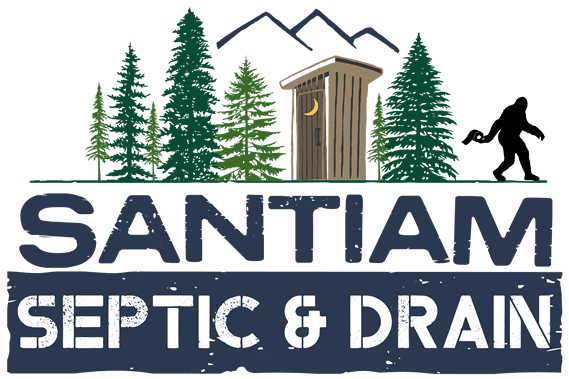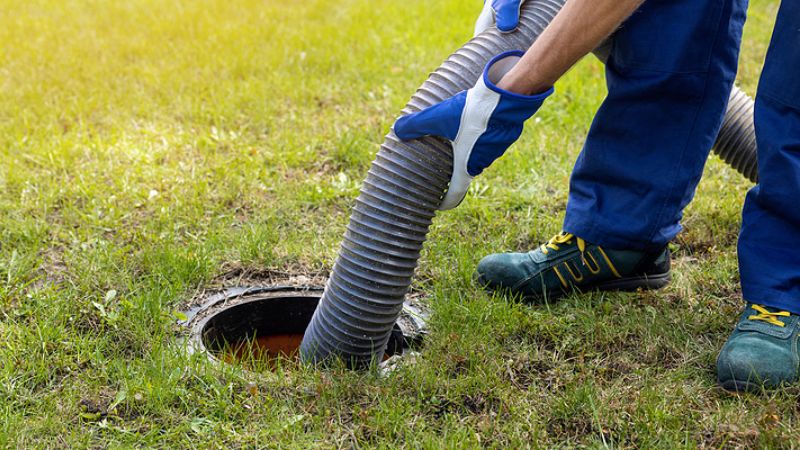Septic & Sewer Lift Station Pumping Salem, OR
Are you searching for a company that does lift station pumping? Lift stations are a necessary part of any septic or onsite wastewater treatment system that resides in an area where the gradient (or slope) doesn't allow for a natural downhill flow of sewage and waste. A lift station is used to pump the wastewater from a low level to a higher level where it can be stored and pumped out.
Santiam Septic & Drain LLC is a septic services company that specializes in pumping out septic tanks of all sizes. We are based out of Turner, OR and serving Salem Oregon and Marion County and Linn County. Whether you need a septic or sewer lift station pumped as part of your regular system maintenance, or because of a lift station emergency, Santiam Septic & Drain LLC can help!
How Does Your Septic or Sewer Lift Station Work?
If you have a lift station as part of your septic system, the sewage from your home or building is discharged into a pit (The Wet Well). Once the pit fills up to a certain level it engages a float switch that recognizes the tank is full and it will pump the sewage out to it's next destination (usually uphill) in your system through a pressurized line. They are relatively simple systems but they must be maintained properly in order to keep working efficiently. Lift stations can be quite dangerous to work on if you are unfamiliar with the specific dangers that they pose.
Lift stations consist of two primary elements:
#1. Wet well
#2. Controls and mechanical systems
The wet well is a large basin into which the incoming sewage is discharged and where the actual septic pumps sit. The control panel acts as the brain of the lift station and keeps everything moving as it should for proper operation.
Components In Your Lift Station:
- Receiving well (or wet well)
- Screening or grinding system to remove coarser materials
- Pumps and compressors to "push" the waste water
- Associated valves to control the flow
- Electric motors to drive the pumps
- Power supply system
- Electrical controls and lift station alarm system
- Odor control and ventilation system
What Are Common Lift Station Failures?
We are often called out for lift station pumping when there has been some type of mechanical or electrical failure. These are some of the most common lift station failures we see:
- Electrical control or component failure (they work in a highly corrosive environment)
- Valves stuck open or closed
- The pump has been clogged (usually grease, baby or flushable wipes or feminine hygiene products)
If the alarm in your lift station is going off, or you notice other symptoms of any of the above problems, then it's time to call a professional like Santiam Septic & Drain LLC to come and complete a lift station pumping to remove the solids from your system.
How Often Should Lift Station Pumping Be Done?
It is recommended that your wet well be pumped out every 3-5 years if it's for a residential system and yearly if you have a commercial system. Regularly pumping out the solids will prevent any damage or increased wear on your pump, and keep the system working properly. It's wise to have your lift station inspected annually to spot potential problems before they arise and to address any maintenance issues that could extend the life of the system.
Lift Station Pumping Is Important Septic Maintenance
As solids build up in your lift station it can affect the performance of the system and eventually cause a failure. Your lift station does an important job in the overall daily operation of your septic system. Lift station pumping is the simplest thing you can do to extend the life of your lift station and keep it operating trouble-free.
If you need lift station pumping or your lift station inspected please call (971) 354-1280 or fill out our online contact form and we will get back to you promptly to schedule a time to pump out your lift station.

